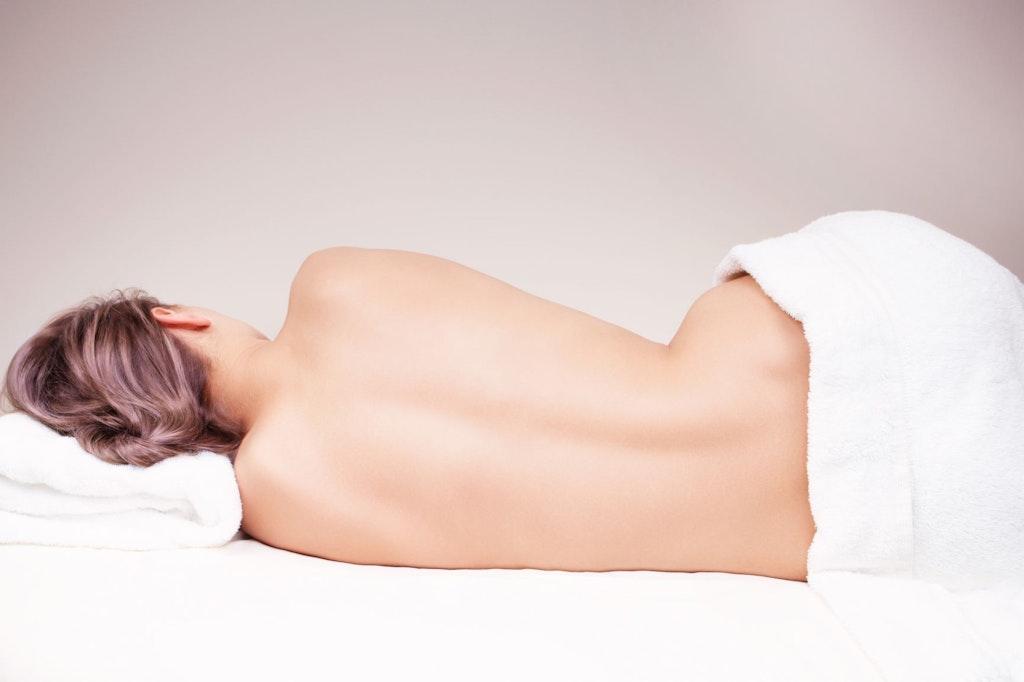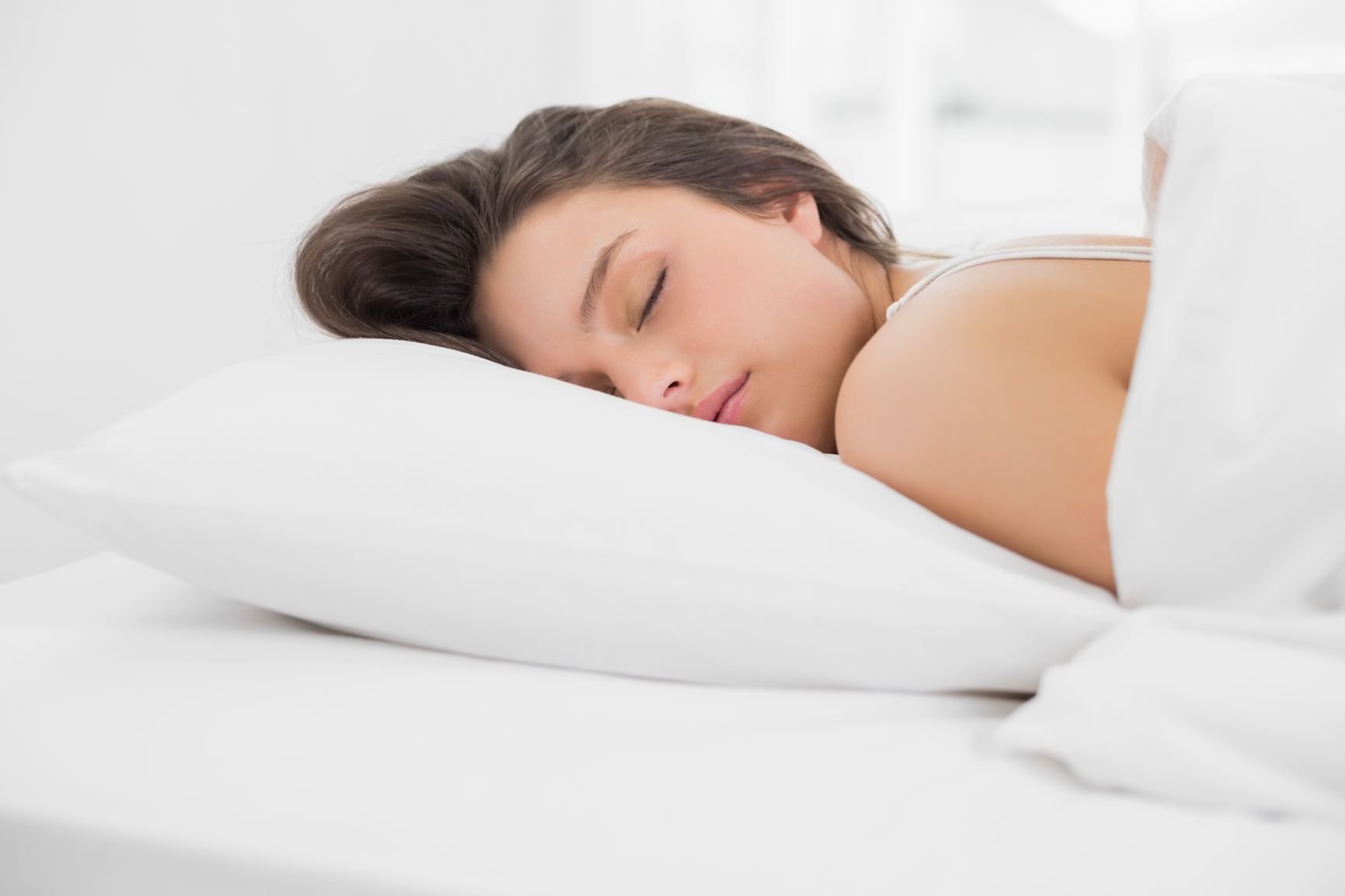When people don’t sleep well, they often blame their mattress and fail to realize the important role of their pillow in providing proper support and comfort for good sleep.
Just as with mattresses, there are many different types of pillows, and it’s easy to get overwhelmed with the product features such as filling, loft, firmness, cooling, lavender-infused, etc… Those are all great things to think about when it comes to comfort features, but before you get into that, focus on how the pillow supports your head and neck for your dominant sleep position.
Sleep and health experts say that good sleep, back health and overall wellness are closely related because the spinal alignment during sleep can greatly affect the quality of your sleep. And many of us have learned that poor sleep has been linked to a host of health issues from obesity and depression to diabetes and heart disease.

Here are five things to look for when choosing a pillow to reduce stress on the body and improve sleep:
1) Sleep position – Most people have a favorite sleep position. It’s usually the one that helps them fall asleep. While a lot of people change positions during the night, the favored position is the one that they settle down to and feel most comfortable. Knowing your dominant sleep position will help you with the points below.
2) Elevation – If your pillow props up your head too high or not enough will put undue stress on your neck, shoulders and spine. Try different pillows in terms of loft and firmness. You’ll know what’s right because you can feel the natural curve of your neck and spine.
3) Pillow positioning – Improper placement of the pillow can create a pressure point at your neck. Many people actually have the pillow too high (supporting only the head) or too low (under the shoulders), but the best position for optimal spinal alignment and comfort is under the head and neck just above the shoulders. Neck roll pillows are specifically designed and sized to relieve pressure.

4) The entire spine – So far, we have focused on the top of the spine and supporting the head, neck and shoulders. What about the rest of the spine? Side sleepers need support at the knees to reduce stress on hips and the lower back by preventing the top leg from pulling the spine out of alignment. Those who prefer to sleep on their back might find it more comfortable to have a small soft pillow under the lower back to keep that natural curve of the spine. Body pillows are also good to keep in mind for side sleepers and pregnant women.
5) Temperature regulation – While temperature regulation doesn’t affect spinal alignment directly, it has been shown that when sleepers are too hot, they move more in their sleep and the change in body positioning makes them more likely to neglect proper spinal alignment, or even remove pillows that can be beneficial for support but are trapping more heat.
Bottom line: Do not overlook the pillow as an important part of your sleep system to ensure proper spinal alignment, comfort and good quality sleep.

